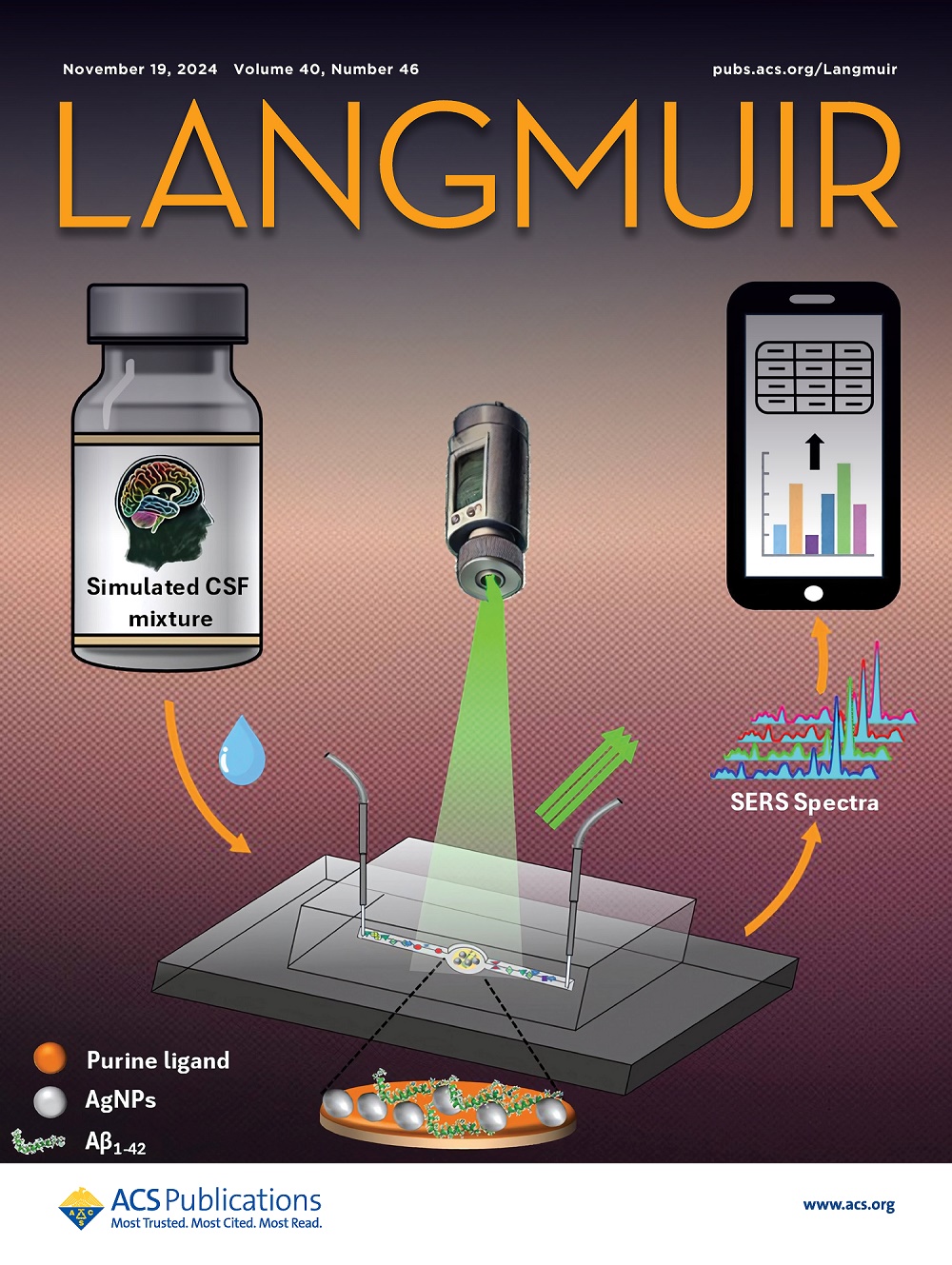Progress of 3D Graphene-Based Electrocatalytic Oxygen Evolution Reaction Catalysts
IF 3.7
2区 化学
Q2 CHEMISTRY, MULTIDISCIPLINARY
引用次数: 0
Abstract
Electrocatalytic water splitting is a clean and feasible method for hydrogen production, expected to become a key technology for meeting clean energy demands. Transition metal-based nanoparticles, including single-atom catalysts and their compounds, are widely used in electrocatalytic water splitting, but they often suffer from issues like easy agglomeration and poor conductivity. The integration of these nanoparticles with three-dimensional (3D) graphene enhances conductivity and prevents agglomeration, while improving the adsorption and desorption rates of reactants and intermediates on the catalyst surface during electrocatalytic water splitting, thereby boosting energy efficiency. This paper reviews the preparation methods of graphene-based supported electrocatalysts and their applications in oxygen evolution reactions (OERs), further discussing the mechanism by which 3D graphene improves OER performance.

基于三维石墨烯的电催化氧进化反应催化剂的研究进展
本文章由计算机程序翻译,如有差异,请以英文原文为准。
求助全文
约1分钟内获得全文
求助全文
来源期刊

Langmuir
化学-材料科学:综合
CiteScore
6.50
自引率
10.30%
发文量
1464
审稿时长
2.1 months
期刊介绍:
Langmuir is an interdisciplinary journal publishing articles in the following subject categories:
Colloids: surfactants and self-assembly, dispersions, emulsions, foams
Interfaces: adsorption, reactions, films, forces
Biological Interfaces: biocolloids, biomolecular and biomimetic materials
Materials: nano- and mesostructured materials, polymers, gels, liquid crystals
Electrochemistry: interfacial charge transfer, charge transport, electrocatalysis, electrokinetic phenomena, bioelectrochemistry
Devices and Applications: sensors, fluidics, patterning, catalysis, photonic crystals
However, when high-impact, original work is submitted that does not fit within the above categories, decisions to accept or decline such papers will be based on one criteria: What Would Irving Do?
Langmuir ranks #2 in citations out of 136 journals in the category of Physical Chemistry with 113,157 total citations. The journal received an Impact Factor of 4.384*.
This journal is also indexed in the categories of Materials Science (ranked #1) and Multidisciplinary Chemistry (ranked #5).
 求助内容:
求助内容: 应助结果提醒方式:
应助结果提醒方式:


